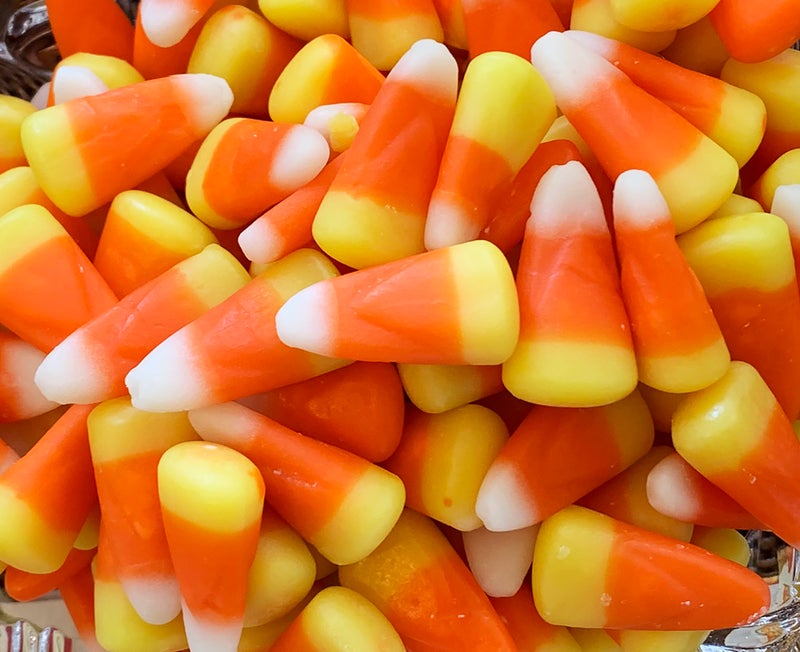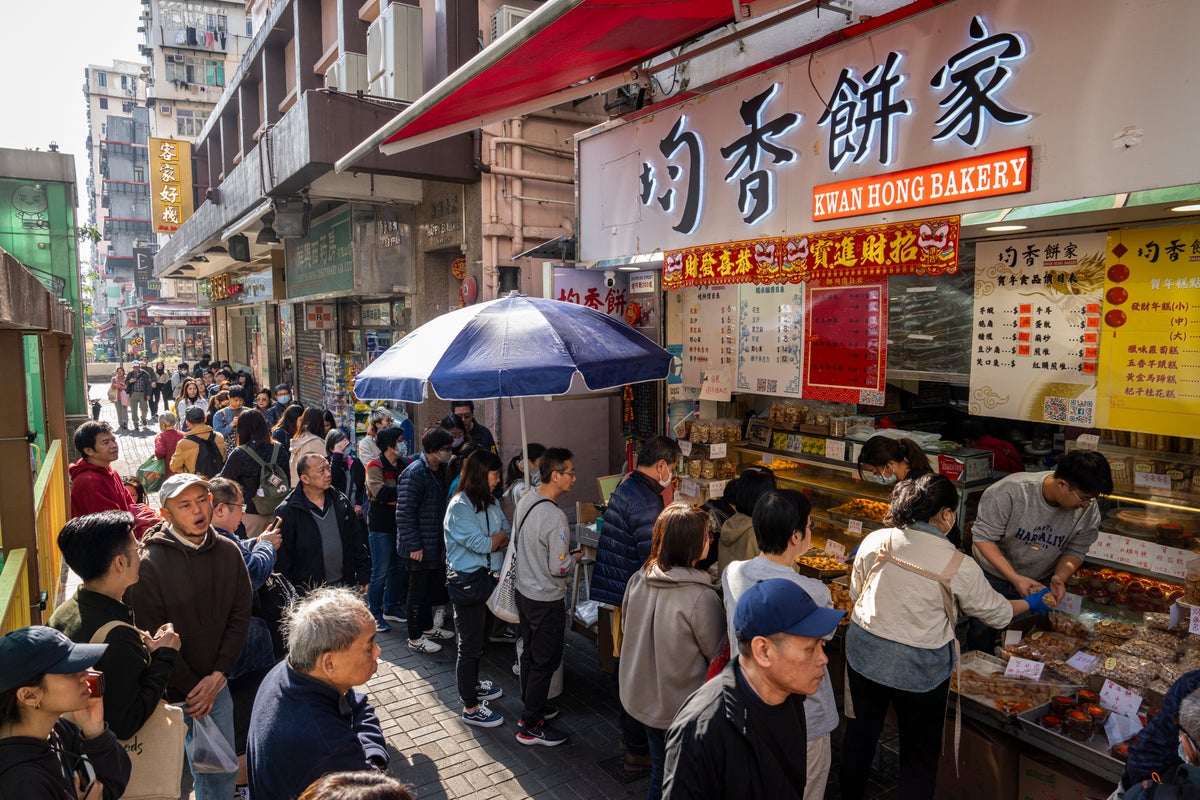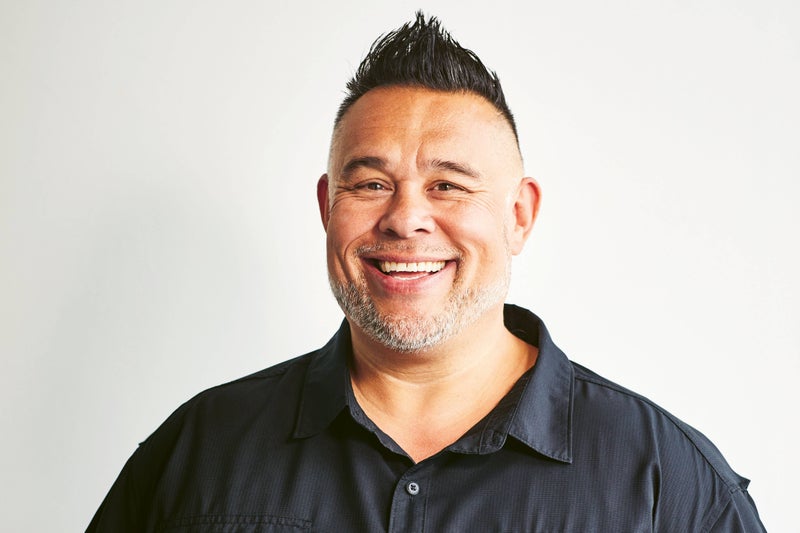It's a popular condiment adored globally, but only a minute percentage of wasabi is genuine. The plant, which is native to Japan, is often served to sushi lovers to enhance the flavour of their meals. However, according to food bible Taste Atlas, most wasabi served globally is not authentic - it's a blend of horseradish, mustard, and green food colouring. Genuine wasabi is extremely rare due to the expensive conditions required for its growth, including clean, cold, running water, typically streams or artificial water beds.
![[Most wasabi sold in restaurants is just horseradish dyed with green food colouring (stock image)]](https://i.dailymail.co.uk/1s/2025/02/13/13/95172017-14393743-Most_wasabi_sold_in_restaraunts-a-5_1739454294807.jpg)
In addition to a tricky growth process, wasabi takes two or three years to mature, and its rhizome should be grated against textured shark skin. Authentic wasabi also must be grated fresh before serving because the flavour profile tends to disappear quickly. Due to the costly process, it is estimated that only five per cent of wasabi served worldwide is genuine, with most establishments opting for a cheaper alternative of horseradish and green food colouring.
Wasabi, known for its fiery heat, is even a luxury in its native country of Japan due to the costly process behind its creation, and even when wasabi is expensive, it doesn't mean it is authentic. It's a popular sushi condiment loved by many across the globe, but most wasabi is fake (stock image of fake wasabi). According to a study from Tohoku, Japan, wasabi contains a compound proven to offer a memory boost.
Associate professor Rui Nouchi of Tohoku University's Institute of Development, Aging, and Cancer led a team of researchers in a study published by Nutrient that found wasabi leads to a 'substantial' increase in episodic memory. The Japanese researchers selected 72 participants between the ages of 60 to 80 for the randomised study to prove that wasabi helps one's short- and long-term memories. None of the subjects had preexisting health conditions before the study, and the participants were split into two separate groups.
The participants who did not receive the placebo ingested 100 milligrams of wasabi extract that had the 6-MSITC compound in it. The subjects who ingested the wasabi extract noticed increased memory throughout the 12-week study. Most wasabi sold in restaurants is just horseradish dyed with green food colouring (stock image). Participants who took the wasabi experienced an average 18 percent boost in their episodic memory score, reaching 14 percent higher than those who had the placebo.
The dramatic memory changes surprised Nouchi and the other researchers. 'The improvement was really substantial,' he told CBS News. According to the researchers, the 6-MSITC reduced the oxidant levels and inflammation in the hippocampus, the part of the brain behind memory function. However, there is a catch to the research conducted by Nouchi that sushi lovers must consider regarding the so-called memory booster.
Wasabi, the delicious sushi topping one may spot in supermarkets and restaurants, is likely white horseradish that's been dyed green. The researcher who spoke with the Washington Post said that about '99 percent of wasabi is fake in the North America.'. The researcher stated that '95 percent [of wasabi] is also fake in Japan' - a shocking revelation for a plant that's native to the country. It is important to note that horseradish, which includes small amounts of calcium, potassium, and magnesium, is a tad bit different from wasabi.































